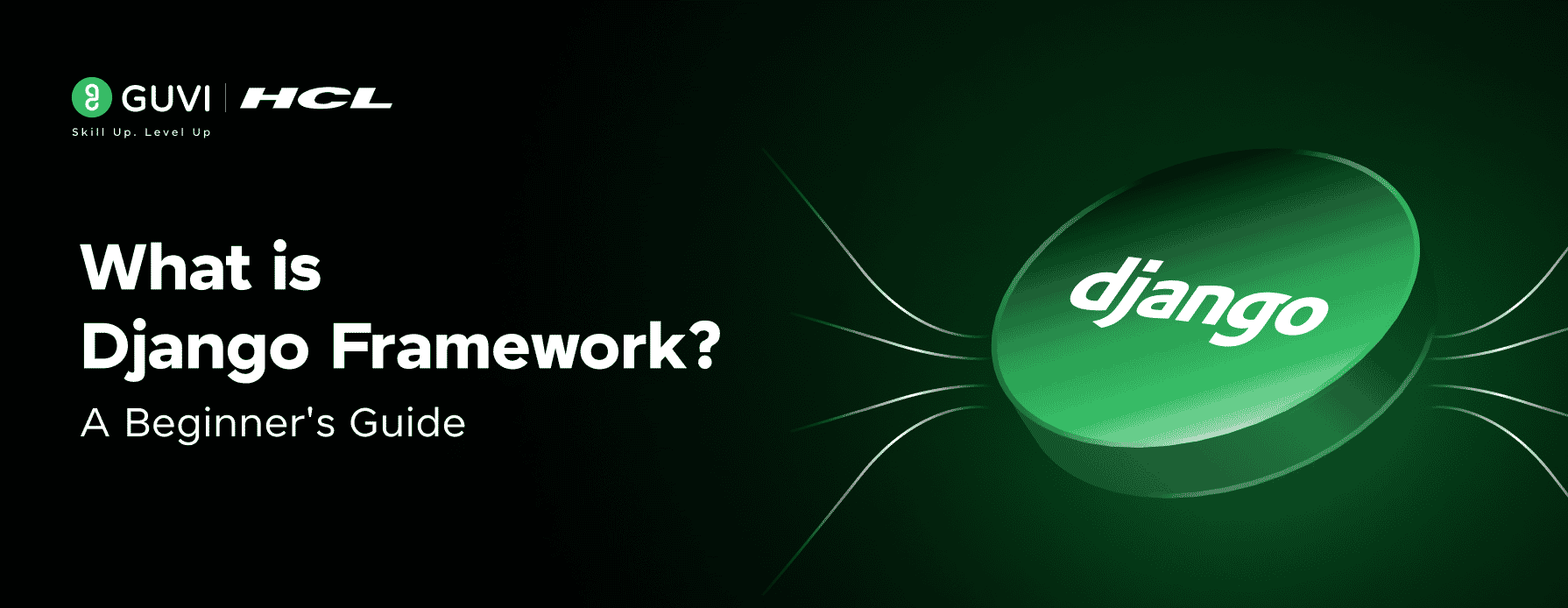
What is Django Framework? A Beginner’s Guide [2025]
Aug 26, 2025 5 Min Read 2570 Views
(Last Updated)
Wondering what is Django framework is and why it’s powering websites like Instagram, Pinterest, and even NASA applications? Django is a high-level Python web framework that enables rapid development of secure and maintainable websites. Initially released to the public in July 2005, this powerful tool has transformed how developers approach web development with Python.
Created in 2003 by a team at the Lawrence Journal-World newspaper to meet tight deadlines while satisfying experienced developers’ needs, Django has evolved into an open-source framework maintained by the Django Software Foundation.
But learning this framework isn’t a simple task, especially with the ample amount of information on Google. Hence, in this beginner-friendly guide, you’ll discover everything you need to know about getting started with this versatile framework curated for freshers just like you. Let’s begin!
Table of contents
- What is Django Framework?
- Is Django front-end or back-end?
- What is Python Django used for?
- How Django Works: The MVT Architecture
- 1) Model: Handling data and database
- 2) View: Processing logic and requests
- 3) Template: Displaying data to users
- 4) How Django handles a request step-by-step
- Top Websites That Use Django & How It Boosts Their Performance
- Key Features of Django
- Batteries-Included Framework
- Powerful ORM (Object-Relational Mapper)
- Secure by Design
- Rapid Development with Reusable Components
- Automatic Admin Interface
- Getting Started with Django: A Quick Setup Guide
- 1) Install Python and Django
- 2) Create a virtual environment
- 3) Start a new Django project
- 4) Run the development server
- 5) Create your first Django app
- Concluding Thoughts…
- FAQs
- Q1. Is Django suitable for beginners in web development?
- Q2. What are the primary uses of the Django framework?
- Q3. How long does it typically take to learn Django basics?
- Q4. What's the best way for beginners to start learning Django?
- Q5. How does Django's architecture facilitate web development?
What is Django Framework?
Django is a powerful, high-level Python web framework that helps developers build complex, database-driven websites rapidly and efficiently. Created with pragmatic design principles, Django takes care of much of the hassle involved in web development, allowing you to focus on writing your application without reinventing the wheel.
![What is Django Framework? A Beginner's Guide [2025] 1 What is Django Framework](https://www.guvi.in/blog/wp-content/uploads/2025/08/What-is-Django-Framework_-1200x630.png)
It follows the model-template-views (MTV) architectural pattern, providing a comprehensive toolkit of pre-built components and reusable code. Consequently, Django enables developers to build sophisticated applications with minimal effort, adhering to the “batteries included” philosophy by offering almost everything developers might want “out of the box”.
Is Django front-end or back-end?
Django is primarily a back-end framework used to build the server-side of web applications. However, it does provide tools for frontend development through its Template Engine, which allows you to create dynamic HTML pages by integrating backend data. This template system enables developers to control display logic and format data for presentation.
What is Python Django used for?
Django’s versatility makes it suitable for numerous applications:
- Content-rich websites: Created for a newspaper, Django excels at managing and publishing content online
- Financial platforms: Supporting analysis and calculation features based on personal data
- B2B/B2C systems: Facilitating communication between businesses or businesses and consumers
- High-load applications: Powering booking engines, eCommerce platforms, and social media sites
- Data-intensive applications: Supporting machine learning, AI, and big data projects
Additionally, Django powers several popular websites, including Instagram, Pinterest, Mozilla, Disqus, and Bitbucket.
How Django Works: The MVT Architecture
Unlike traditional MVC frameworks, Django employs the MVT (Model-View-Template) architecture that separates your application into three interconnected components. This separation makes web development with Django Python both organized and maintainable.
![What is Django Framework? A Beginner's Guide [2025] 2 How Django Works The MTV Architecture](https://www.guvi.in/blog/wp-content/uploads/2025/08/How-Django-Works_-The-MTV-Architecture-1200x630.png)
1) Model: Handling data and database
The Model forms the data layer of Django applications, acting as the foundation due to the critical role data plays in web applications. Models are Python classes that define the structure of your database tables and manage all data-related operations. Each model attribute represents a database column, and each instance becomes a row in that table.
What makes Django’s models powerful is the Object-Relational Mapping (ORM) system that bridges the gap between Python code and your database. Essentially, the ORM translates Python objects into SQL commands, allowing you to interact with your database using Python instead of writing raw SQL queries.
class Task(models.Model):
title = models.CharField(max_length=100)
description = models.TextField()
completed = models.BooleanField(default=False)2) View: Processing logic and requests
Views function as the logic layer of your application, acting as intermediaries between Models and Templates. A view in Django is simply a Python function (or class) that takes a web request and returns a web response. Each view is responsible for one of two things: returning an HttpResponse containing content for the requested page or raising an exception such as Http404.
Views handle all the business logic by gathering data from models, processing it, and then passing it to templates. Furthermore, they manage user input, form validation, and other request-related tasks.
3) Template: Displaying data to users
Templates serve as the presentation layer in Django, responsible for generating HTML dynamically. They contain static HTML elements combined with special syntax that allows for the insertion of dynamic content. Django’s template system uses variables, tags, and filters to render data into HTML.
The template system employs dot-lookup syntax to access variable attributes. For instance, in {{ question.question_text }}, Django first attempts a dictionary lookup on the object question before trying an attribute lookup.
4) How Django handles a request step-by-step
When a user requests a Django application:
- The URL dispatcher examines the requested URL and routes it to the appropriate view
- The view processes the request, interacts with the model if needed
- The model retrieves or updates data from the database
- The view renders a template with the retrieved data
- The rendered HTML response is sent back to the user’s browser
This architecture ensures a clean separation of concerns, making Django applications easier to develop and maintain.
Top Websites That Use Django & How It Boosts Their Performance
Here are some of the most successful platforms that use Django at scale—and how it helps them stay performant and agile:
| Website | How Django Helps |
| Manages massive volumes of user-generated content with Django’s scalable architecture and ORM. | |
| Rapid deployment of features using Django’s modular structure and reusable components. | |
| Spotify | Uses Django for backend services, benefiting from its fast development cycle and robust API support. |
| Disqus | Handles millions of comments daily using Django’s high-concurrency support and middleware system. |
| Mozilla | Uses Django for parts of its web infrastructure due to its security features and maintainable codebase. |
| Bitbucket | Built on Django, enabling fast iteration cycles and strong version control integrations. |
| National Geographic | Manages rich media content and global traffic with Django’s template engine and CMS flexibility. |
Key Features of Django
Django stands out among web frameworks due to its speed, security, and scalability. Below are five core features that make Django a top choice for developers building modern web applications.
![What is Django Framework? A Beginner's Guide [2025] 3 Key Features of Django](https://www.guvi.in/blog/wp-content/uploads/2025/08/Key-Features-of-Django-1200x630.png)
1. Batteries-Included Framework
Django follows the “batteries-included” philosophy, meaning it comes preloaded with a wide array of built-in tools and libraries that cover almost every aspect of web development. This includes an authentication system, URL routing, ORM, admin interface, form handling, and more.
Instead of spending time integrating third-party tools, developers can focus on writing business logic from day one. This built-in ecosystem accelerates development and reduces project complexity.
2. Powerful ORM (Object-Relational Mapper)
Django’s ORM bridges the gap between your Python code and the underlying database. It allows developers to define a database schema using Python classes (models), which Django automatically translates into SQL queries.
This abstraction layer not only improves productivity but also reduces human error and simplifies database migrations. Whether you’re working with PostgreSQL, MySQL, SQLite, or Oracle, Django’s ORM provides consistent, secure, and optimized access to data.
3. Secure by Design
Security is a top priority in Django’s core architecture. The framework protects against common vulnerabilities like SQL injection, cross-site scripting (XSS), cross-site request forgery (CSRF), clickjacking, and more, by default.
It also uses secure password hashing algorithms (PBKDF2, Argon2, etc.) and manages user authentication and sessions securely. These protections help developers build production-grade applications without having to manually implement complex security protocols.
4. Rapid Development with Reusable Components
Django was originally built to meet tight newsroom deadlines, and its design still reflects that need for speed. It encourages a “Don’t Repeat Yourself” (DRY) coding style, letting you reuse apps, templates, models, and views across multiple projects.
The framework’s clean project structure, scaffold generators, and form-handling utilities allow you to build and iterate on features quickly without compromising code quality or maintainability.
5. Automatic Admin Interface
One of Django’s most distinctive and productivity-boosting features is its built-in admin interface. As soon as you define your models, Django automatically generates a secure, web-based interface for managing your database records.
This admin dashboard is highly customizable, allowing developers to tailor how data is displayed, edited, filtered, and searched. It’s particularly useful for internal tools, CMS systems, and staging environments.
Getting Started with Django: A Quick Setup Guide
Ready to build your first web application with Django? This setup guide will walk you through the essential steps to get your development environment ready and create your first project.
![What is Django Framework? A Beginner's Guide [2025] 4 Getting Started with Django Step by Step Guide](https://www.guvi.in/blog/wp-content/uploads/2025/08/Getting-Started-with-Django_-Step-by-Step-Guide-1200x628.png)
1) Install Python and Django
Since Django is a Python framework, you’ll need Python 3.10 or later for the latest Django 5.2. First, verify your Python installation:
python --versionIf Python isn’t installed, download it from python.org. Next, install Django using pip (Python’s package manager):
pip install django
To verify the installation, run:
python -m django --version2) Create a virtual environment
Virtual environments keep your projects isolated, preventing dependency conflicts. This practice is strongly recommended for every Django project:
# Create virtual environment
python -m venv myworld
# Activate on Windows
myworld\Scripts\activate.bat
# Activate on macOS/Linux
source myworld/bin/activateOnce activated, your command prompt will show the environment name, indicating it’s ready for use.
3) Start a new Django project
After activating your virtual environment, create a new Django project:
django-admin startproject mysite
This generates a project structure with essential files:
- manage.py: Django’s command-line utility
- settings.py: Configuration settings
- urls.py: URL declarations
- wsgi.py/asgi.py: Web server entry points
4) Run the development server
Navigate to your project directory and start Django’s built-in development server:
cd mysite
python manage.py runserverVisit http://127.0.0.1:8000/ in your browser to see Django’s welcome page. The server automatically reloads when you modify code, perfect for development.
5) Create your first Django app
In Django, projects contain multiple apps that handle specific functionality. Create your first app:
python manage.py startapp myappThis creates a directory with files for models, views, and other components:
- models.py: Data structure definitions
- views.py: Request handling logic
- apps.py: App configuration
- migrations/: Database changes tracking
Remember that the development server is suitable only for testing, not for production environments.
If you’re excited to build real-world web applications using Django and more, GUVI’s IIT-M Certified Full Stack Development Course is the perfect next step. This industry-aligned program covers both frontend and backend skills—including Django, Node.js, and MongoDB—with hands-on projects and placement support to help you become a job-ready full-stack developer.
Concluding Thoughts…
Django makes web development accessible and efficient for developers at all skill levels. Throughout this guide, you’ve learned that Django is a powerful Python framework designed to simplify complex web development tasks while maintaining security and scalability. Additionally, its MVT architecture provides a clean separation of concerns, allowing you to focus on building functionality rather than repetitive infrastructure.
Now that you understand what Django is and how it works, take the next step and create your first project. The sooner you start experimenting with Django’s features, the quicker you’ll experience how this framework can transform your approach to web development. Good Luck!
FAQs
Q1. Is Django suitable for beginners in web development?
While Django has a learning curve due to its comprehensive features, it’s designed to be beginner-friendly. It offers extensive documentation and a supportive community, making it accessible for those new to web development. With dedication and practice, beginners can create functional web applications relatively quickly.
Q2. What are the primary uses of the Django framework?
Django is primarily used for building secure and maintainable websites and web applications. It’s particularly well-suited for content-rich sites, financial platforms, B2B/B2C systems, high-load applications, and data-intensive projects. Its versatility allows developers to create everything from simple blogs to complex social media platforms.
Q3. How long does it typically take to learn Django basics?
The time to learn Django basics varies depending on your prior programming experience, especially with Python. While you can grasp fundamental concepts in a few days, becoming proficient usually takes several weeks of consistent practice and project work. It’s important to focus on understanding core concepts rather than rushing through the learning process.
Q4. What’s the best way for beginners to start learning Django?
Beginners should start by solidifying their Python knowledge, then move on to Django-specific concepts. Working on small projects, studying the official Django documentation, joining Django communities, and practicing regularly are effective strategies. Additionally, following tutorials and seeking mentorship can accelerate the learning process.
Q5. How does Django’s architecture facilitate web development?
Django uses the Model-View-Template (MVT) architecture, which separates an application into three interconnected components. This structure allows for clean code organization, making development more efficient and maintainable. The Model handles data, the View processes logic and requests, and the Template manages the presentation, enabling developers to work on different aspects of the application independently.



















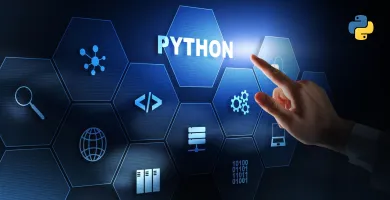



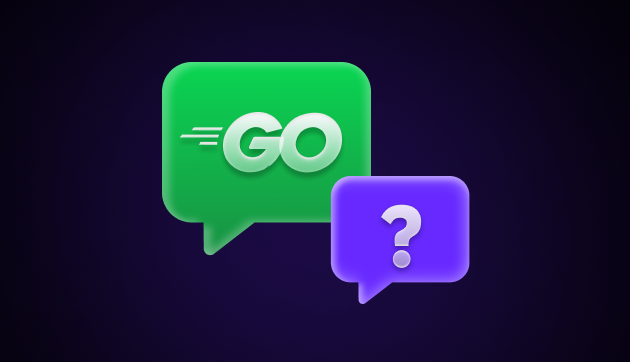

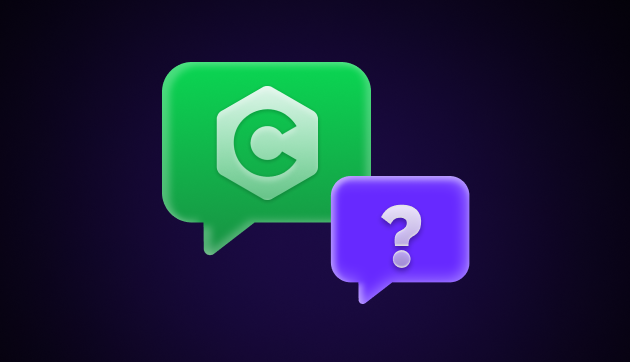
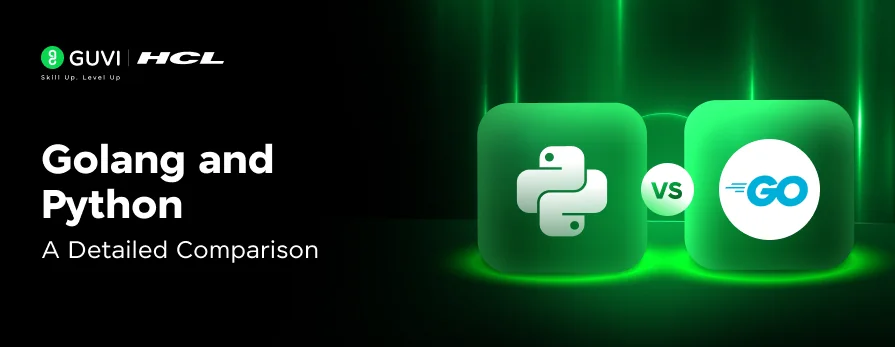


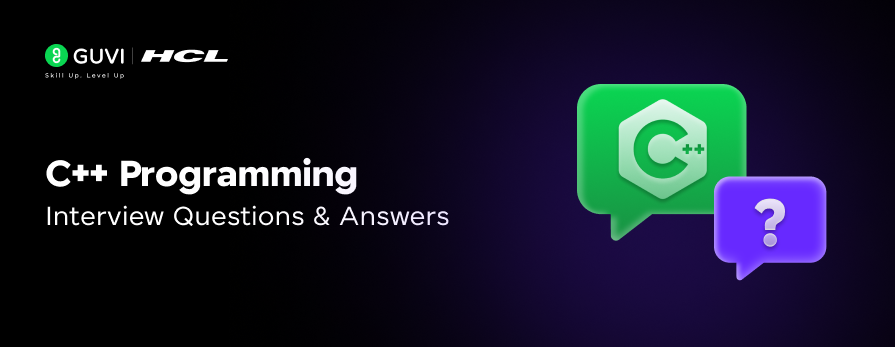
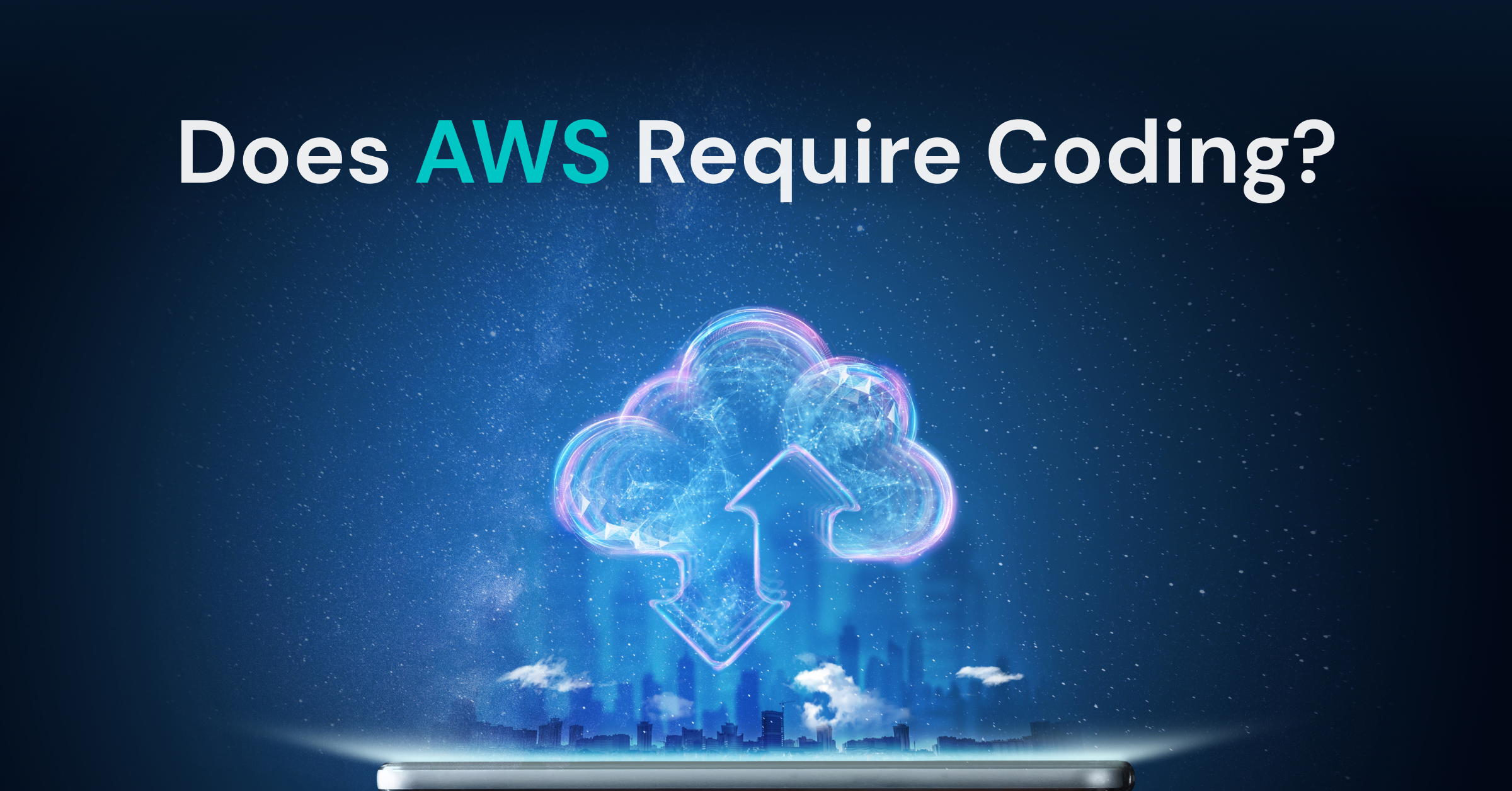




Did you enjoy this article?